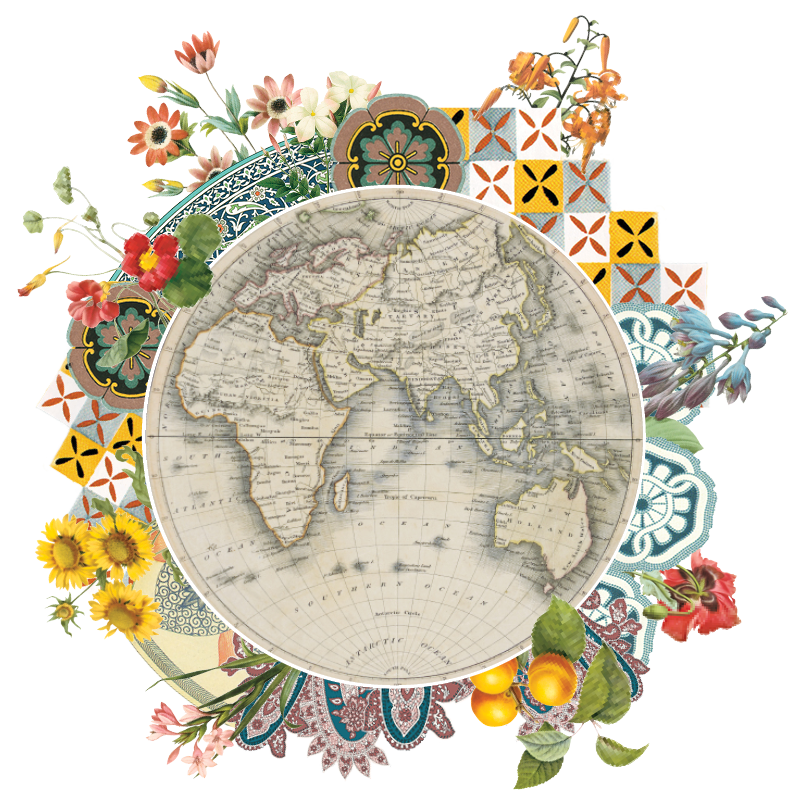The Valley of the Ice-Cream Makers
Georges Desrues meets second-generation ice-cream-maker Chiara Soban to learn how she uses everything from Istrian saffron to Terrano grapes and Karst cheese to make pitch-perfect gelato.
- Category:
- Hear and Now
- Words By:
- Georges Desrues
- Published:
- September 06, 2018

Val di Zoldo, appropriately, is where Chiara Soban’s family comes from. Her parents met more than fifty years ago in Cologne, Germany, where they worked together in a gelateria, fell in love and married. Some years later they returned to Valenza in the Piedmont region of Italy. There they took over the Traiber family’s ice-cream parlor, which was founded in 1924. The Traibers, too, originally hailed from Val di Zoldo.

While her brothers Stefano and Andrea both run two of the ice-cream parlors, Chiara just recently opened “Sorban di Trieste,” the latest branch of the prestigious family business, in the northeastern Italian seaport.
How would you characterize the fundamental differences between artisanal and conventional ice cream? The English language rightfully distinguishes between “gelato” and “ice cream.” In Italian, “gelato” denotes both artisan (artigianale) as well as industrially produced (industriale) frozen desserts. Mainly, the difference is in the choice of ingredients. A true artisan works exclusively with fresh products, such as fresh milk and eggs, as well as seasonal fruit.

What about the Val di Zoldo? Strictly speaking, the Val di Zoldo does not have a gelato tradition. Its inhabitants left and then made ice cream abroad. The gelatieri only return during the winter months, while ice cream is not in season. Today there are two or three ice-cream parlors in the valley, but they are comparatively new.

Are there any recipes that you adjust to the local culture?One of Trieste’s special features is the century-long affiliation with Austria, which is why I make ice cream in the style of the Viennese Sacher cake. I named another flavor after the Habsburg Empress Maria Theresia at the occasion of the tercentennial of her birthday. The adjacent Balkan peninsula is also a great influence to the city and its culture, so I created baklava ice cream and one that was inspired by gibanica. Just like the Slovenian pastry it is based on, this flavor contains poppy seed, cinnamon, and cooked apples. The tufahije, on the other hand, made from cooked pears and nuts, comes from Bosnia.

Born in Paris and raised in Vienna, Georges Desrues is a journalist and photo reporter living in Trieste.